Nowadays, you can find any type of food in Dubai, from east to west. Sometimes, they might get confused if you go to a restaurant and ask for Chinese food. You might need to be a little more specific because there is so much of everything.
So, what is traditional Emirati food? This particular question is often asked by those who visit Dubai. The fact is that Emirati cuisine has undergone many changes in the past century. Most people living in Dubai have not eaten authentic, traditional food from the UAE. Even young Emiratis don’t have it every day, especially those who live in the more cosmopolitan parts of the country, like Dubai.
Even when you go to an Arabic restaurant, most of the items on the menu are Lebanese or Egyptian dishes. Hummus, one of the most loved dishes in the UAE, is, in fact, Levantine in its origin. And that’s okay because traditions and cuisines undergo many givings and takings as they evolve. But for now, we are wearing the hat of gastronomical puritans.
Click here to read about the traditional dress of the UAE.
Traditional Emirati Food

Like everywhere, Emirati food reflected the region’s culture, climate, and resources. It has undergone many changes. After discovering oil and the influx of ex-pats, their cuisine underwent many changes. For instance, chicken meat is a relatively new addition to the food habit in Dubai. Before that, they used camels, goats, and other birds like Houbaras for meat. Because of the prevalent fishing trade among emiratis, fish was a significant part of the dishes.
Here, we look at the main dishes considered native by the Emiratis themselves. We will cover them individually, from breakfast dishes to dinner and desserts.
Emirati Cuisine
Traditional Emirati Breakfast Dishes
Baleelat
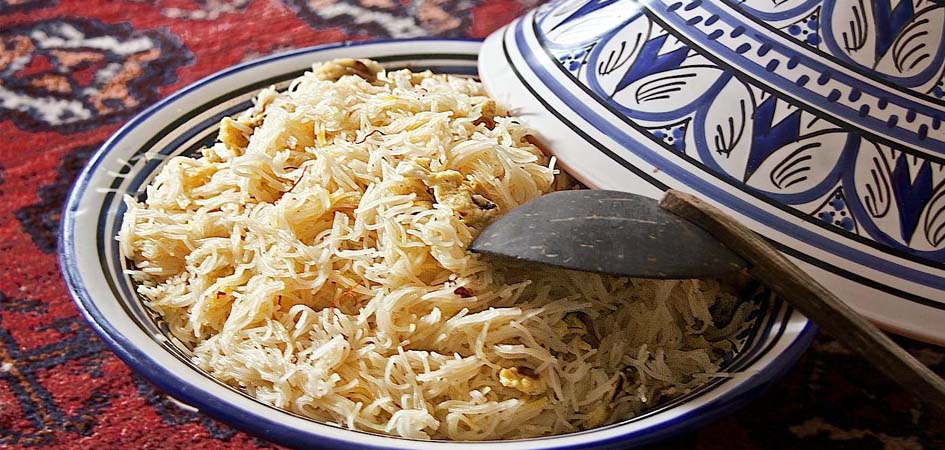
The Baleetat is a combination of sweet and salty elements. It is a breakfast dish made with an omelet and vermicelli. Sugar, cinnamon, saffron, cardamom, orange blossom, or rose water are added for flavor. Spices are added to the sweetened vermicelli, and the whole preparation is topped with a thin egg omelet.
The Balaleet is a breakfast food and a dessert at the same time. It is an inevitable part of the Iftars and Eid celebration for Emiratis. A close relative of Balaleet can be found in other cuisines. The Persian Faloodeh and Indian Sheer Khurma are similar ceremonial dishes made of vermicelli.
Balaleet is served warm for breakfast, while it should be cold when eaten as a dessert. Sometimes, garbanzo beans and black-eyed beans also accompany Balaleet. Legends have it that Balaleet became a part of Emirati cuisine when they experimented with pasta.
Beidh Wa Tomat or Shakshuka
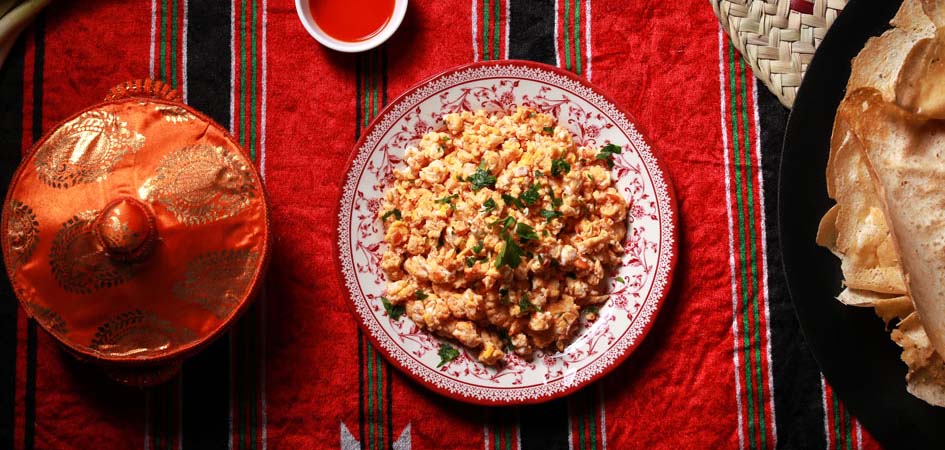
In simple terms, Shakshuka is scrambled eggs with tomato and pepper. On top of the tomato, there will be thyme and coriander. A different shakshuka style uses poached eggs instead of scrambled eggs. Shakshuka is a simple and nutritious breakfast dish that can be made with everyday ingredients in a single skillet.
Chabab Bread – Emirati Pancake
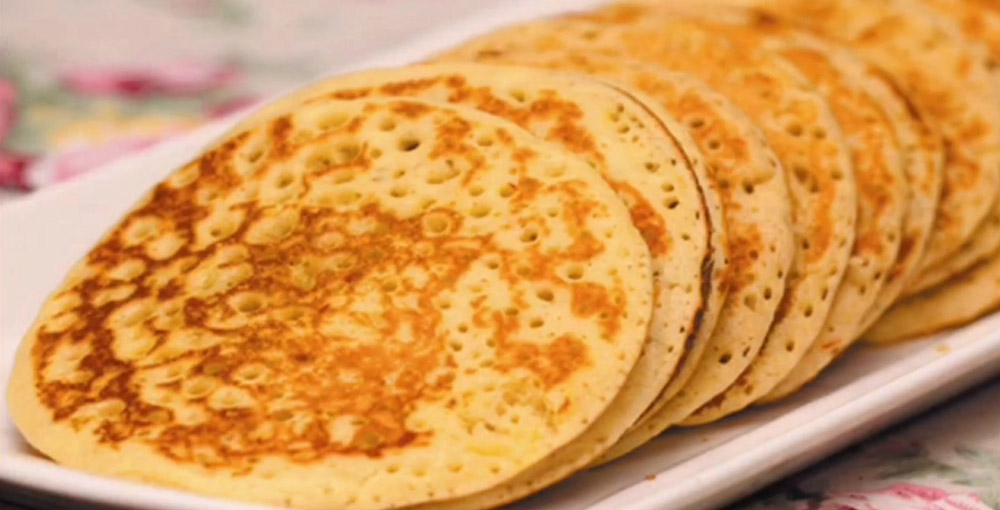
A thin, crisp, and sweet bread that looks and feels a lot like an American pancake. The main ingredients of chebab bread are flour, egg, melted butter, and yeast. Some Fennel and a dash of turmeric will make it even better. The name Chabab comes from cooked bread until it’s light brown or golden yellow on both sides.
Chabab bread and chami cheese (or Kraft cream cheese) are usually served together. Chami is a salty cheese made from buttermilk. Date syrup and honey top the chebab bread. Sometimes, it is garnished with sesame seeds as well. Serve this breakfast dish hot.
Khameer Bread
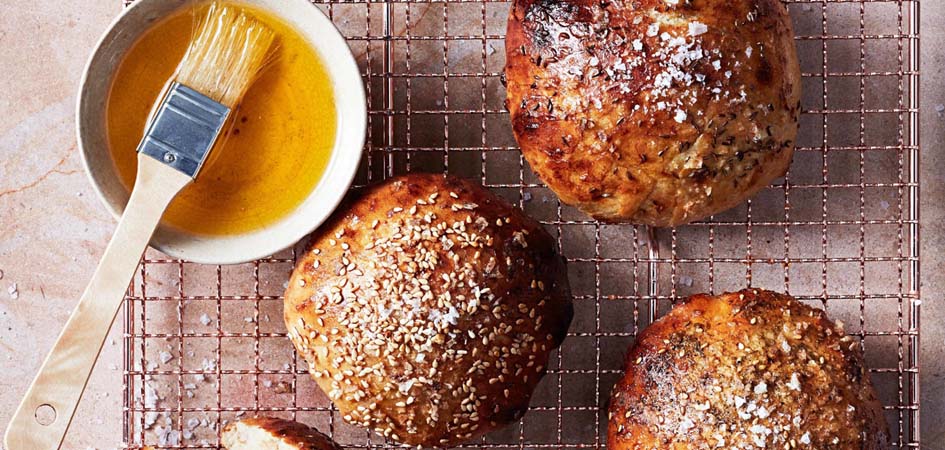
This can easily qualify as the softest bread in the world. Khameer bread is a round, puffy flatbread with two layers that separate easily. Instead of sugar, dates are used to sweeten this bread. Fennel, saffron, and cardamom are flavoring agents in the bread. It would help if you had an oven to make this. In the old days, Arabs used coal ovens to bake khameer bread.
The Khameer bread might remind you of the burger bun with a sprinkle of sesame seeds garnished on top. While eating, you can split the layers and fill the butter or cream inside. The bread is so soft that a fresh Khameer will melt with a touch of your tongue.
Khubz Regag – Raqaq Bread
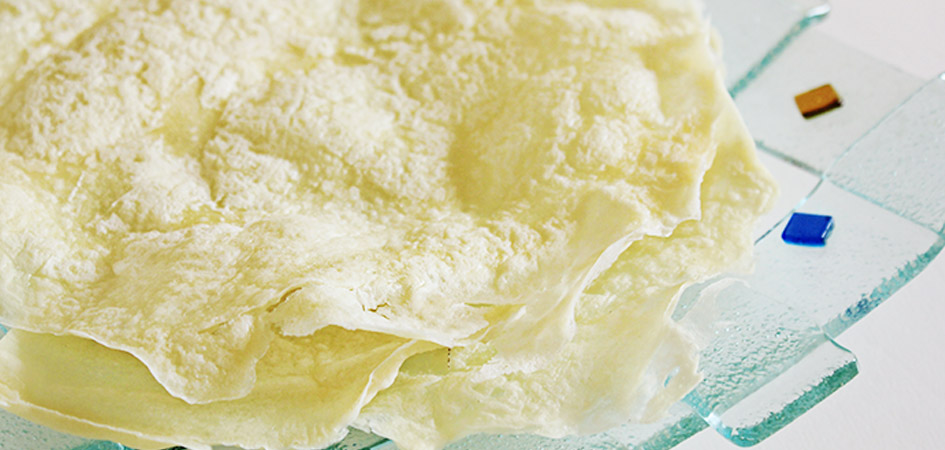
Reqaq is a crispy, paper-thin bread made of whole wheat flour. The dough is flattened and cooked in a pan or a hot iron plate, similar to the Indian flatbread chapati. The name Reqaq comes from the Arabic word Reqa, meaning thin.
This is the most common type of Emirati bread and a staple regularly made in Emirati homes, especially for dinner during Ramadan. Reqaq is served with the meat dish Tharyd (Fareed in some dialects). If you like it sweet, roll the bread, pour some honey, or have it with cheese and sugar.
Dango – Boiled chickpeas (دانقو)
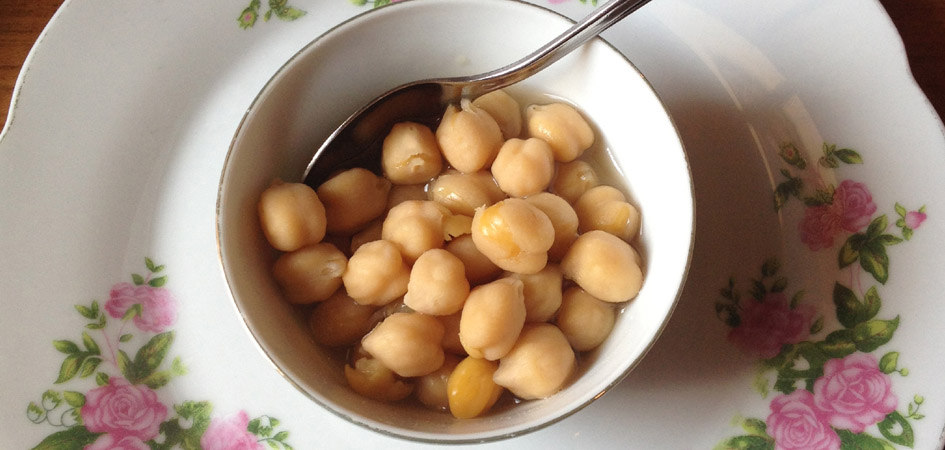
Basically, it is boiled chickpeas with red chilies and spices. The dish lasts long without spoiling, so Arabs carried it on long journeys through deserts. Dango can be prepared on a whim, making it a popular evening snack.
Dango is an Emirati take on Levantine Hummus. Instead of making the chickpeas into a paste, they are boiled to soften with salt and spices.
The chickpeas must be soaked overnight to shorten the cooking time. The water used to boil the peas is not thrown away. It is reused to prepare soups and stews.
Traditional Lunch Dishes of the United Arab Emirates
Hareeth
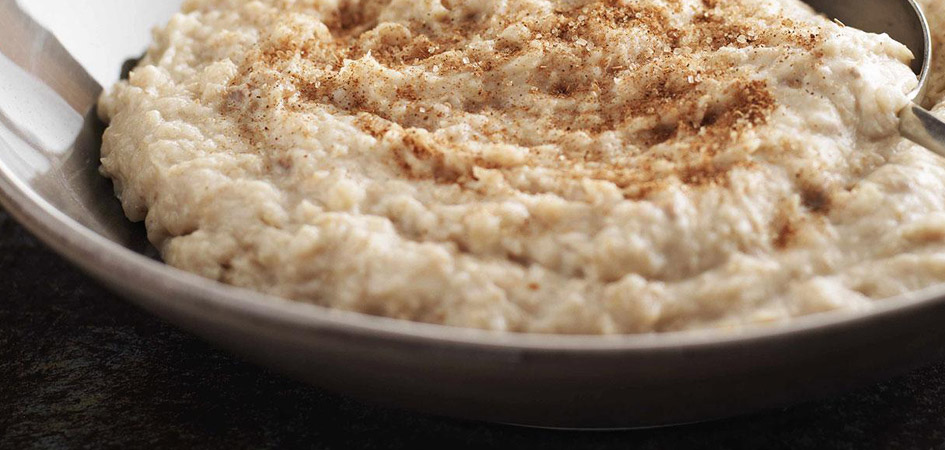
The Hareeth is ancient and the most needed dish during ceremonies and gatherings. The preparation method is unique and time-consuming. It takes at least 3 hours of continuous boiling, and if the meat is added, it will take even longer.
Hareeth is a wheat porridge with meat and ghee. The wheat must be cooked for three hours in salted water until it fluffs up, which will take about three hours. Then, the meat is added to the mix and heated to form a thick porridge.
After cooking, some ghee is added to the top. Hareeth is always served hot. You can have it plain or with a bit of sugar. Some also do it dressed with chopped onion. After all the hours of cooking, Hareeth is so easy to digest and moreish.
Samak Mashwi
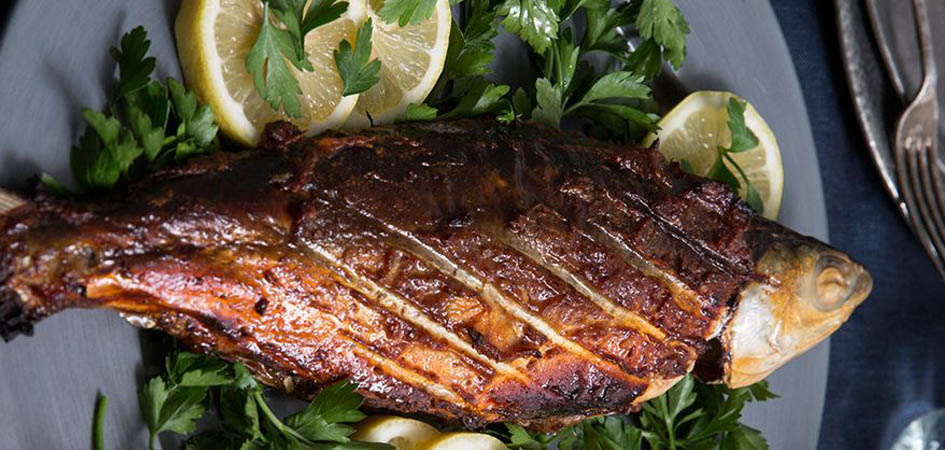
There are several ways to grill fish, including the Emirati way. Traditionally, Samak Mashwi is cooked in a dome-like clay barbecue. The fish is pinned on the stick and put in the barbecue, with the other end of the post fixed to the coal bed at an oblique angle.
Date paste mixed in the marinade gives it a unique taste from other grilled fish. To properly fix the fish on the stick, you need a big fish, preferably around and fat. The fish is cooked unscaled, and the scales are removed before serving. The scales help keep the flesh from breaking apart in the heat.
Thereed
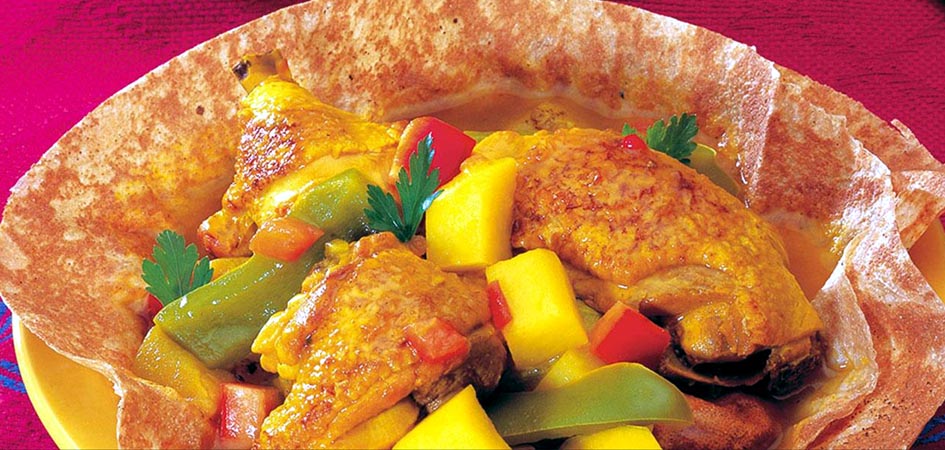
Often mispronounced as Fareed, Thereed is a popular iftar dish in the UAE. It is preferred for breaking fast because it is light on the stomach. Thereed is a meat stew with large pieces of potatoes. You can make it with chicken or lamb, but if you have a taste for vegetables, make it with that.
The Tagine, popular in Morocco, is the closest relative to Thereed in any other cuisine. Thereed combines the rich flavors of meat, potatoes, and vegetables. To enjoy it the best, have it with Raqaq bread.
Machboos
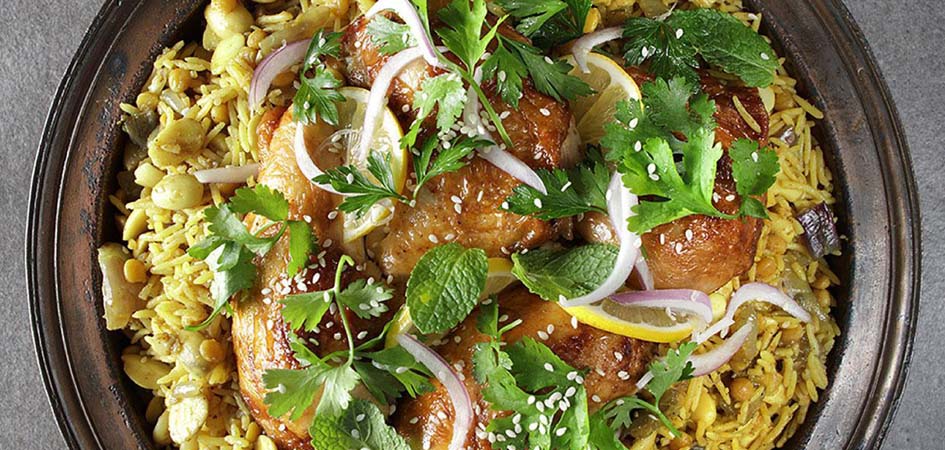
Rice was not originally a part of the traditional food of the UAE. A few centuries ago, Emirati Arabs borrowed it from Indian and Persian traders. Before that, the main cereal was wheat. Machboos is the most popular rice dish in Emirati cuisine. It’s loved by both locals and ex-pats alike. But their way of preparation is different.
Machboos can be prepared with chicken, lamb, or fish. The main flavorings are cloves, cardamom, cinnamon, lemon, and sometimes saffron. Machboos is, in fact, an Emirati adoption of Indian biryani. Among all types of Machboos, lamb Machboos are the crowd favorite.
Lamb Ouzi
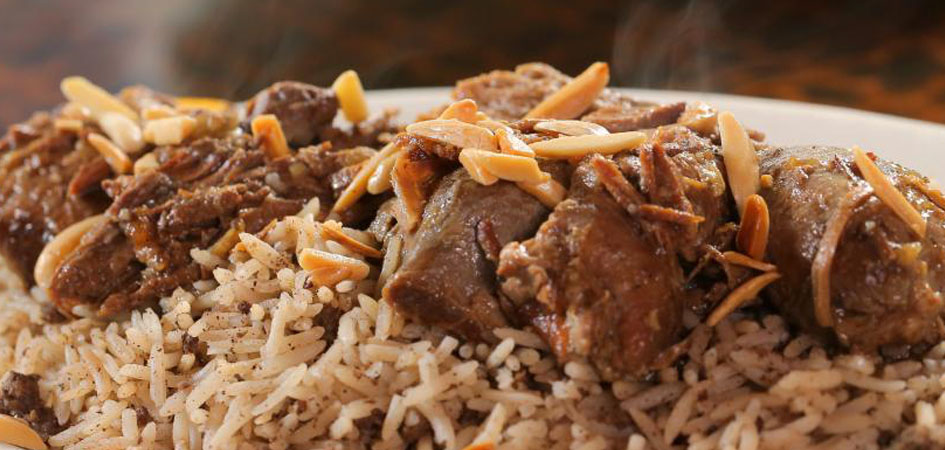
Lamb Ouzi is a delicious and much-coveted dish in Emirati cuisine. Ouzi is rice prepared with spices and lamb meat. Almonds and pine nuts are also a part of the final preparation. If you want to enjoy lamb meat in the best way possible, Ouzi is the answer. In every Emirati function, you will find this in the center of the table in a large container.
This dish has to be cooked in large quantities, so it is a perfect option for large groups. So when guests visit Emirati homes, Ouzi is to be expected. But Ouzi has to be planned, as the lamb requires marination 24 hours before cooking. Have Ouzi with some yogurt and tomato sauce.
Traditional Desserts of UAE
Luqaimat
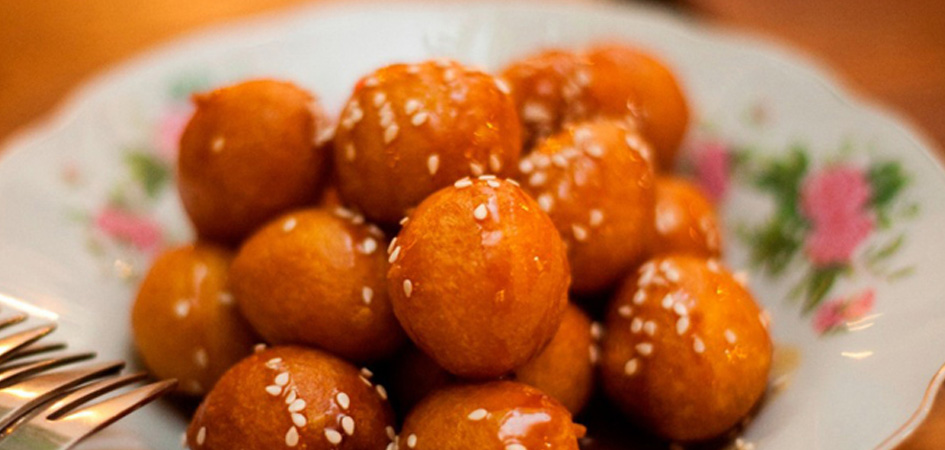
These are sweet fried dumplings made of milk, sugar, butter, and flour and covered in date syrup. Luqaimat is undoubtedly the most famous traditional dessert. Though a bit calorific, these are too good to resist.
The outside of Luqaimat is crunchy, while the inside is soft and spongy. They are dipped in date syrup and garnished with sesame seeds. Flavoring is done with cardamom and saffron. Just like the dessert, Luqaimat in Arabic means small or bite-sized.
Aseeda – عصيدة
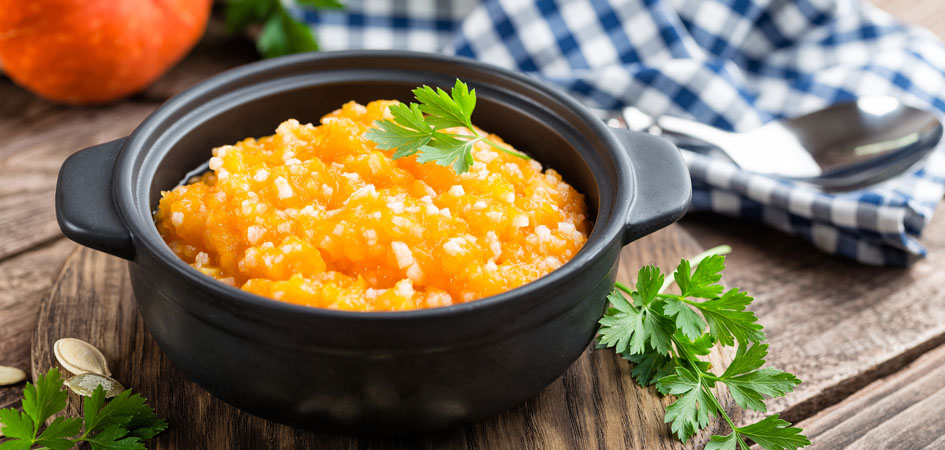
A classic dessert made of pumpkin. This pudding, also known as Assidat al Boubar, is mildly sweet. Besides pumpkin, flour, cardamom, and saffron (okay, by this time, you know that Emiratis add cardamom to almost everything), sugar is the main ingredient. Add rose water and honey for flavor and nuts on top for decoration. And have it warm for the best taste.
Al Batheetha
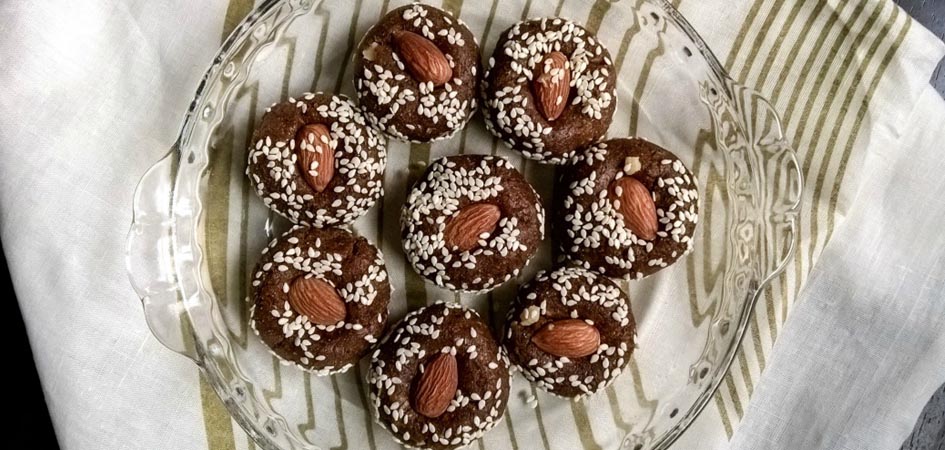
This is a simple yet delicious dessert made of dates. To prepare Batheetha, you bake date paste, wheat flour, and a nut of your choice with spices like cardamom and ginger. It would help if you used soft dates like Medjool or Sukkary.
You can see Batheeth in all shapes, flat like a cookie or like a ball, but most balls. You might also see it decorated with sesame seeds and nuts. It can also last a few days without spoiling.
Batheetha is more of a date cookie than a dessert. Therefore, Emiratis’ favorite snack with Arabic Coffee is not cookies.
Experience Emirati Cuisine and Arabic Traditions
Every cuisine in the world has its unique tastes. The signature of the Traditional food of the UAE is the ubiquity of cardamom, thyme, and saffron. They are also heavily reliant on meat and poultry.
Some mistake Levantine dishes like shawarma, Kunafa, and falafel for Emirati dishes. Levantine and Palestinian dishes have more vegetables and leaves than Emirati cuisine. Generous usage of the olive oil well is a characteristic of Levantine cuisine.
If you are interested in the heritage and culture of the United Arab Emirates and its people, then take a desert safari trip to the desert. The desert safari experience is about the Bedouins and how they lived.

